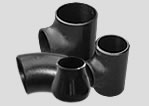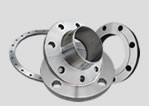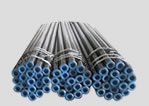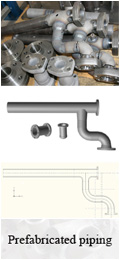How to choose marine insulation socket flanges
The sealing capacity of gaskets can be increased by properly increasing the pre-tightening force of marine insulating ASTM A182 F304 Stainless Steel Socket Flange.
The surface of the pressing surface of the marine insulating socket flanges is a plane or a plane with grooves.
Its advantages are simple structure and convenient processing.
The disadvantage is that the contact area is large, the pre-tightening specific pressure is large, the bolt load is large, so the marine insulating socket flanges and other parts require high, heavy, gaskets are easy to extrude, and the sealing performance is poor. When the pressure P is less than 2.5 Mpa, socket flanges can not be used in toxic, flammable and explosive media.
Marine insulating socket flanges consists of a concave surface and a convex surface. The gasket is placed in the concave surface.
The bottom of the groove of marine insulating socket flanges has no sealing effect. The inner and outer conical surfaces of the groove contact with gaskets to form a trapezoidal seal, which matches with metal gaskets with elliptical or octagonal cross-section.
Marine insulating flange is composed of a tenon and a groove sealing surface. Its advantages are good neutrality, low pre-tightening pressure, non-easy extrusion of gaskets, and no erosion by medium.Socket flanges is used in flammable and explosive seals where high requirements are required. The disadvantage is that replacement is more difficult and tenons are easily damaged.
previous page:Different sealing surfaces of carbon steel weld neck flanges
next pageHigh temperature strength of slip on flanges











